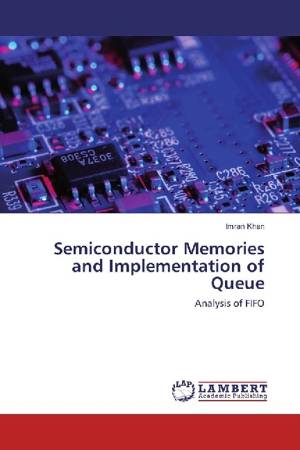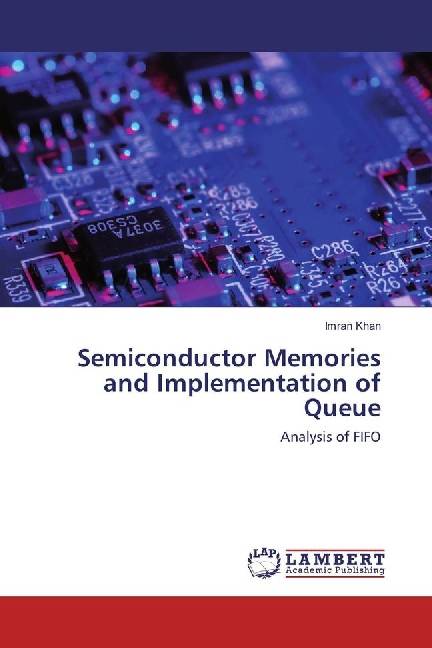
- Afhalen na 1 uur in een winkel met voorraad
- Gratis thuislevering in België vanaf € 30
- Ruim aanbod met 7 miljoen producten
- Afhalen na 1 uur in een winkel met voorraad
- Gratis thuislevering in België vanaf € 30
- Ruim aanbod met 7 miljoen producten
Zoeken
€ 35,45
+ 70 punten
Omschrijving
The semiconductor market has been continuously increasing and this growing trend is expected to continue in the coming years. Semiconductor memory technology is an essential element of today's electronics. The processors have become more popular and the need for semiconductor memory is increased with the increase in number of microprocessor controlled devices. The software associated with the processors and computers has become much larger, this has greatly increased the requirement for semiconductor memory. Requirement of semiconductor memory has also increased due to some new applications such as digital cameras. The book begins with types of semiconductor memory. Each class of memory devices comprising random-access memories, serial access memories and content addressable memories have been treated in this book. The different approaches and technologies of ROM etc. are compared. In this book, the different types of FIFO have been explained. In addition to these, the various FIFO architectures have also been discussed. A low latency FIFO has also been analysed and implemented in this book. This design interfaces subsystems on a chip working at different speeds.
Specificaties
Betrokkenen
- Auteur(s):
- Uitgeverij:
Inhoud
- Aantal bladzijden:
- 76
- Taal:
- Engels
Eigenschappen
- Productcode (EAN):
- 9783659969218
- Uitvoering:
- Paperback
- Afmetingen:
- 150 mm x 220 mm

Alleen bij Standaard Boekhandel
+ 70 punten op je klantenkaart van Standaard Boekhandel
Beoordelingen
We publiceren alleen reviews die voldoen aan de voorwaarden voor reviews. Bekijk onze voorwaarden voor reviews.











